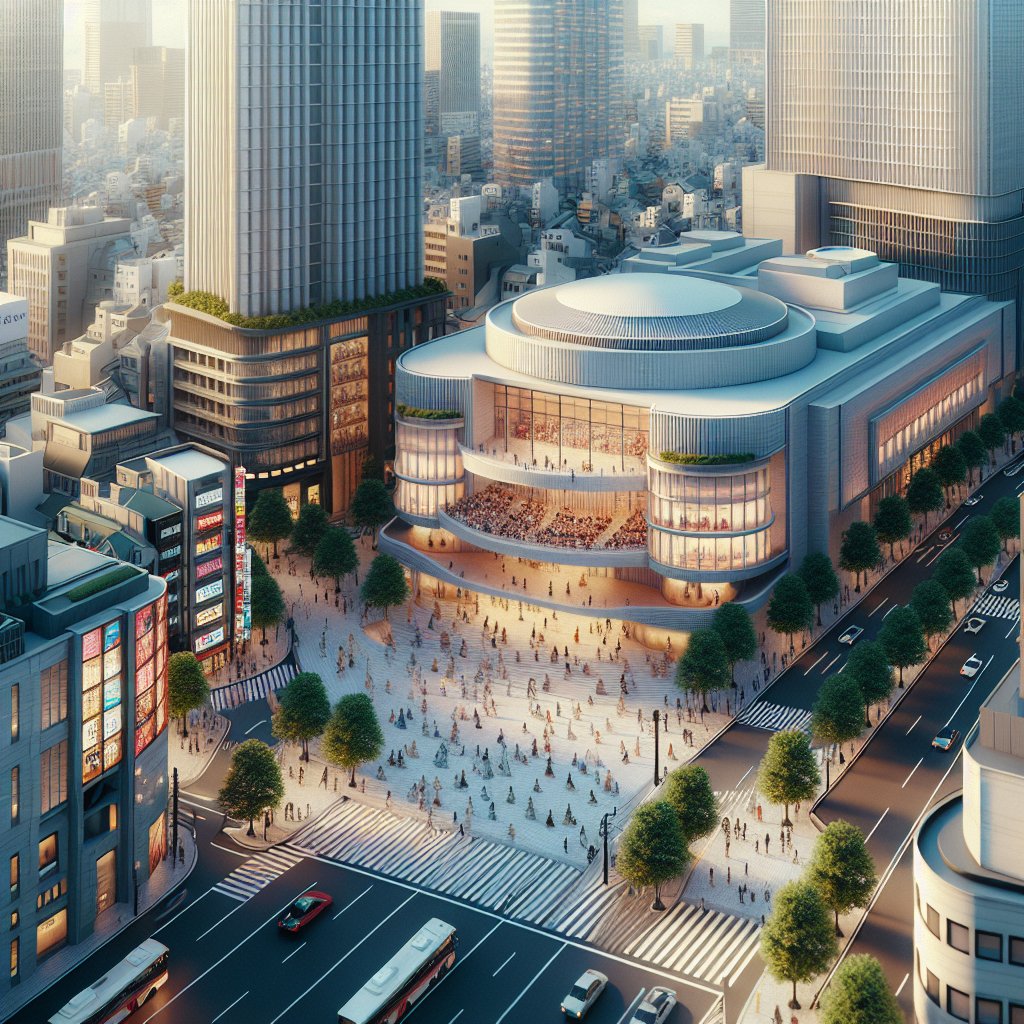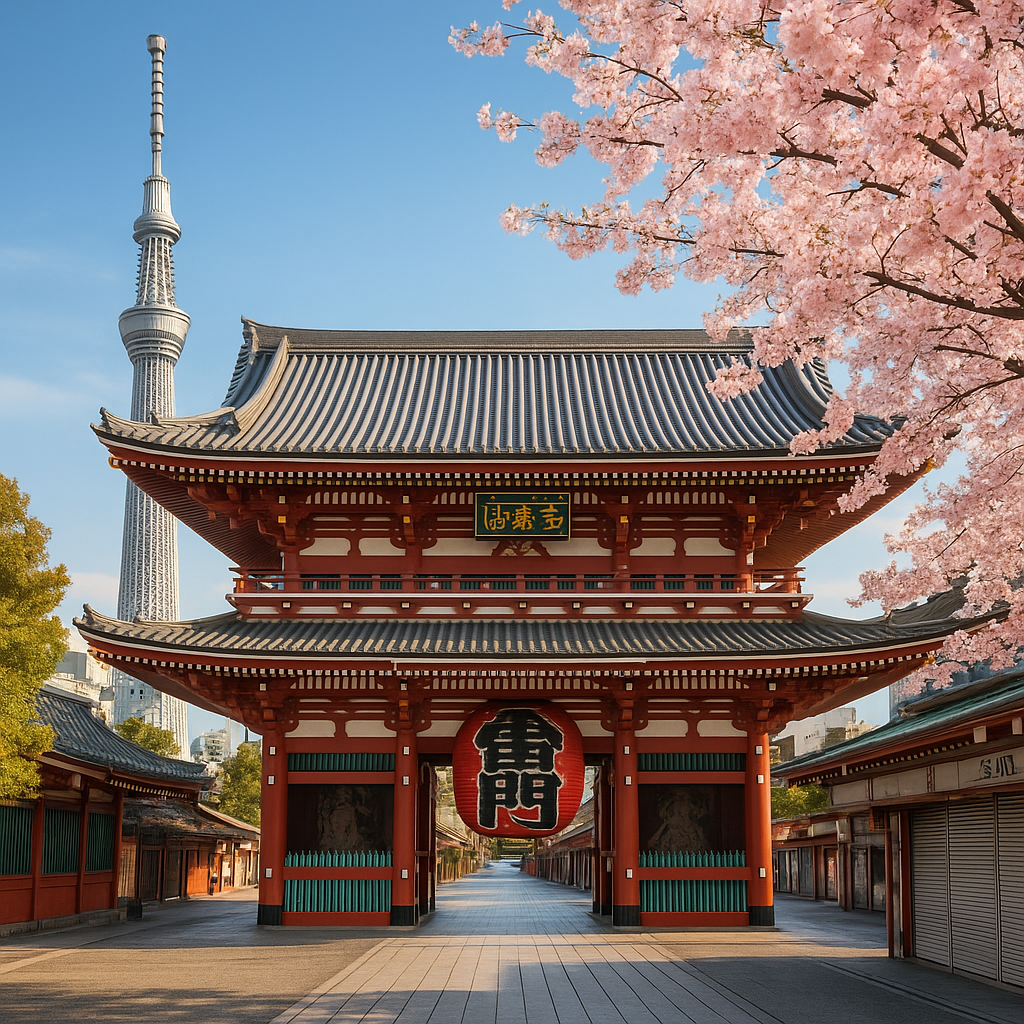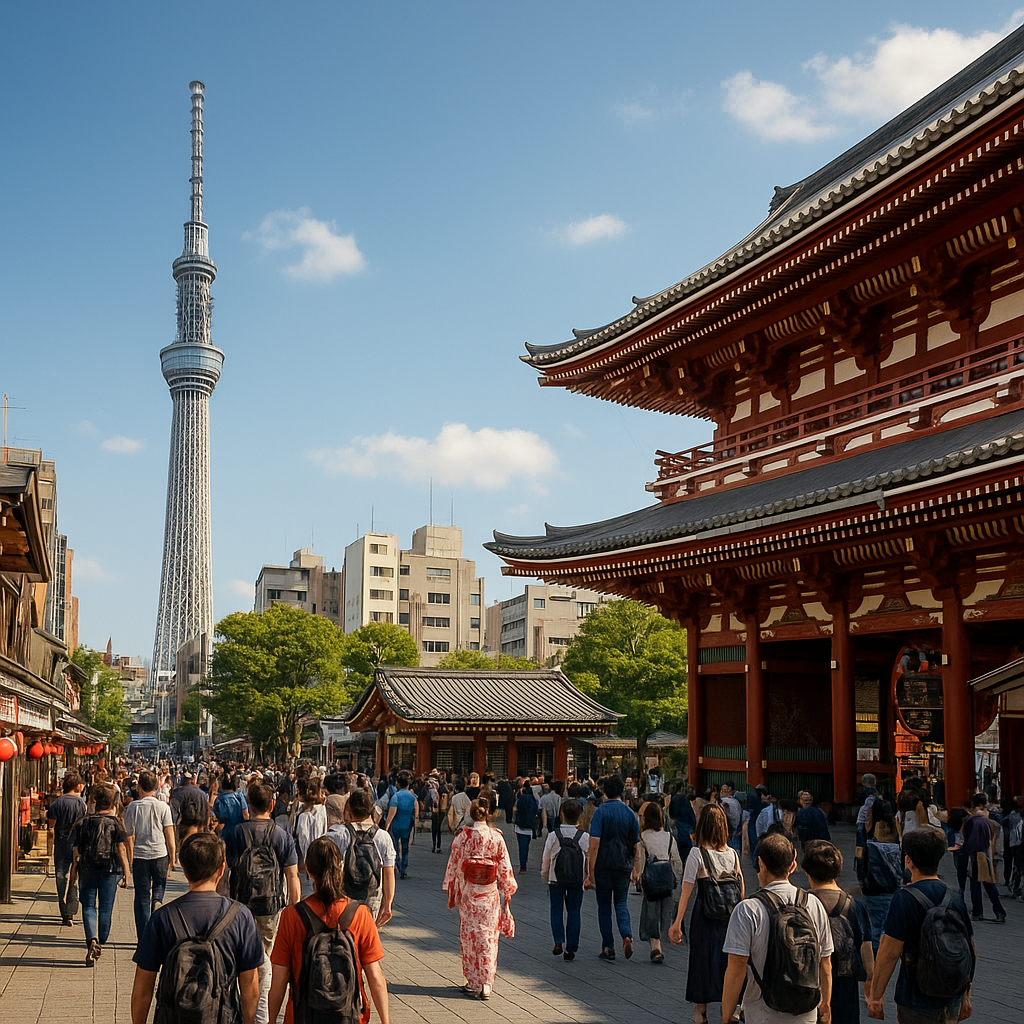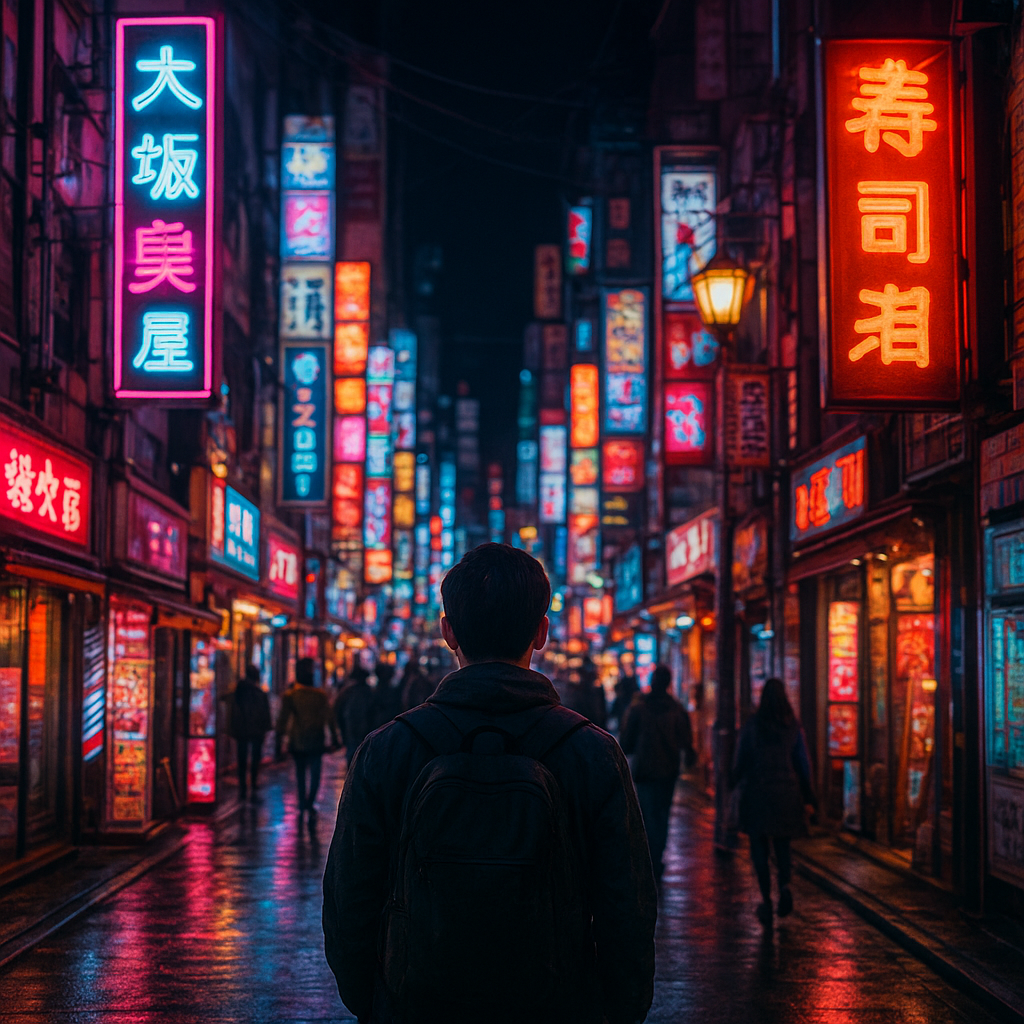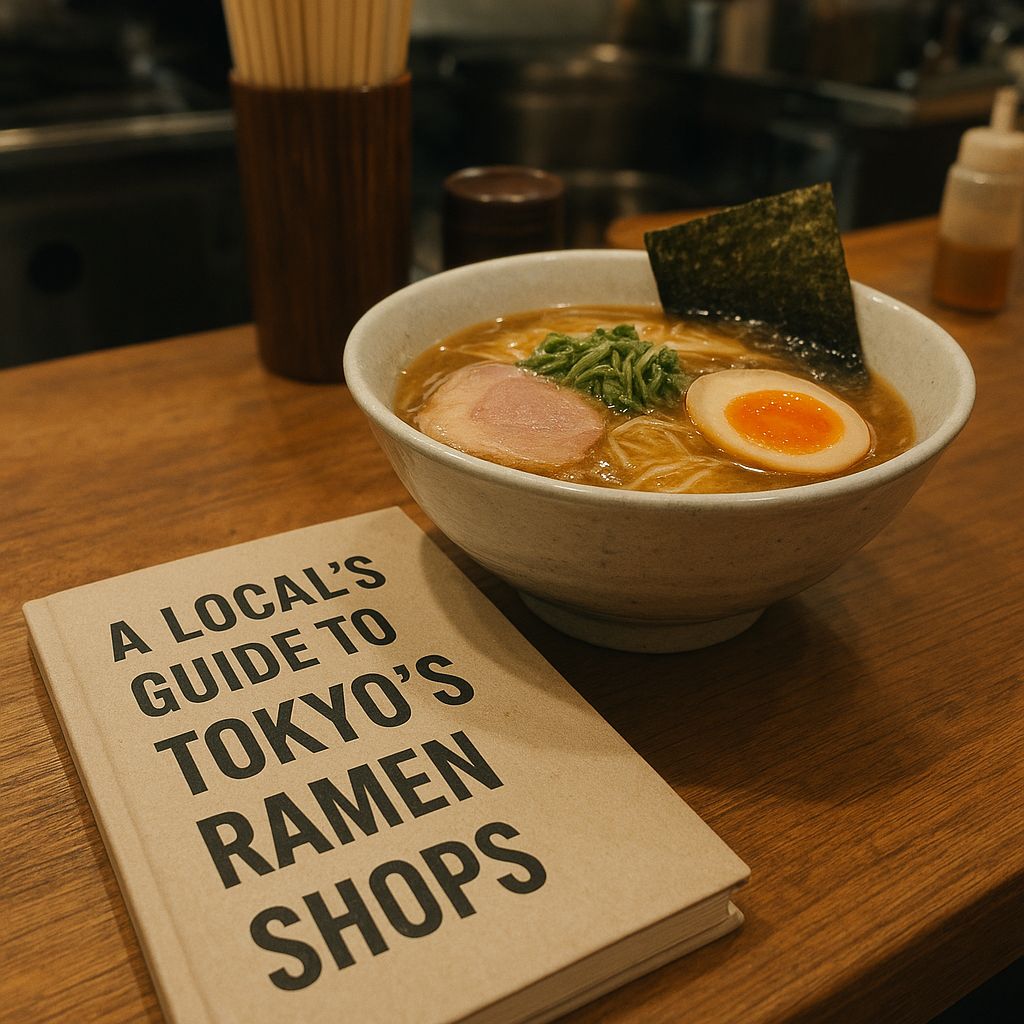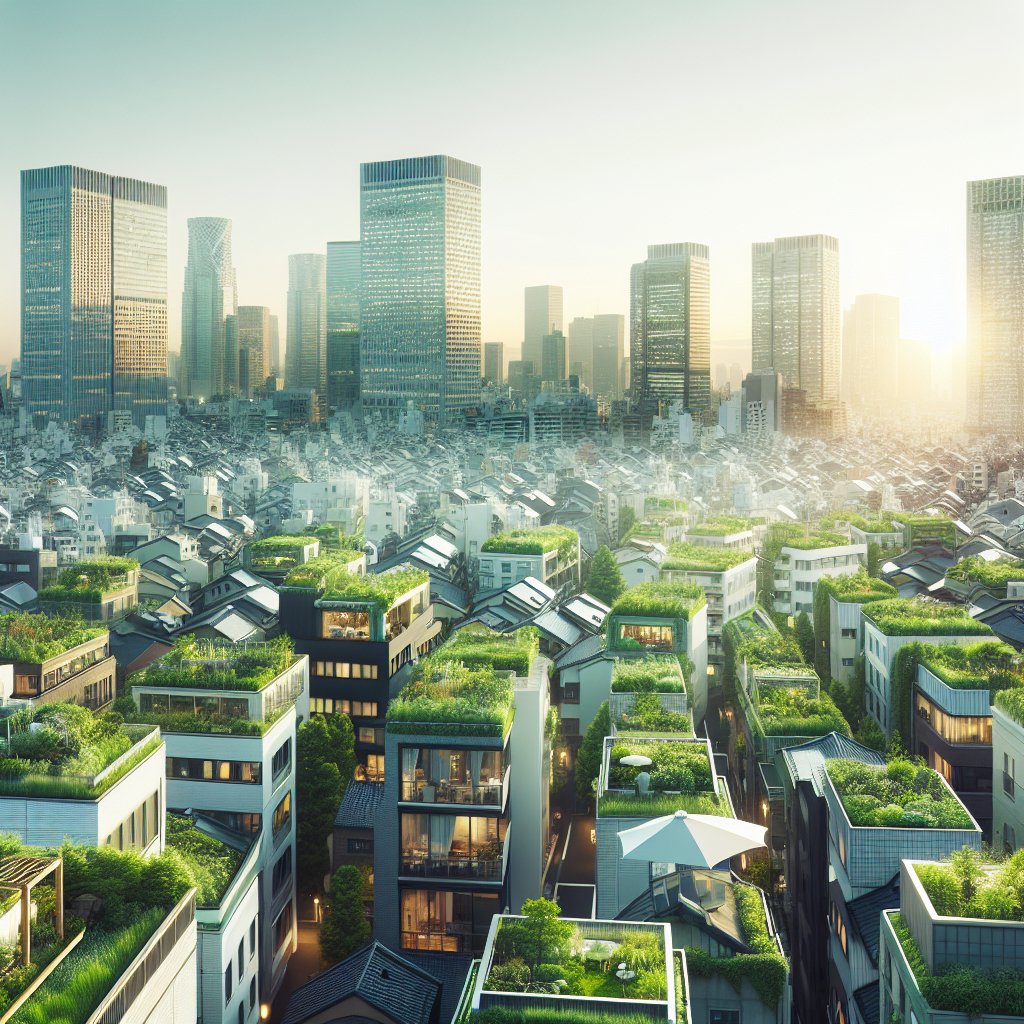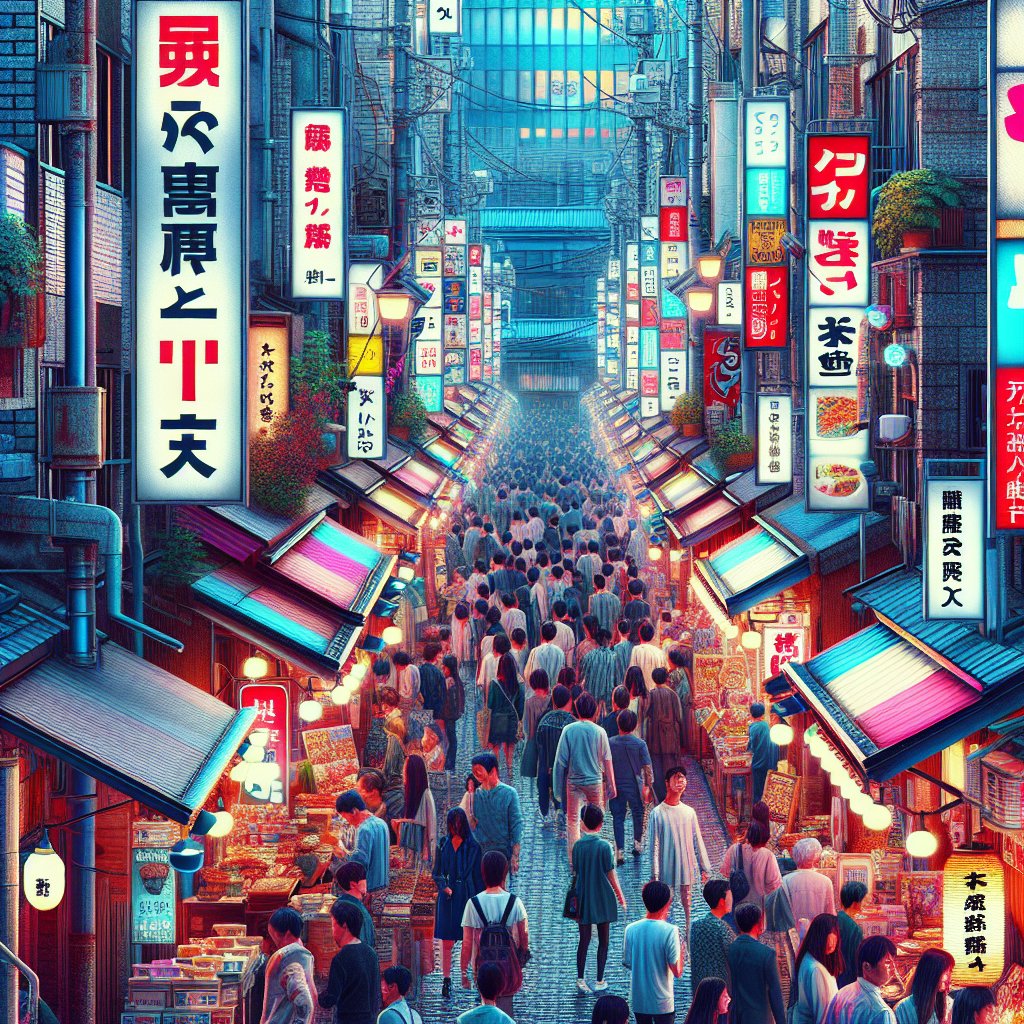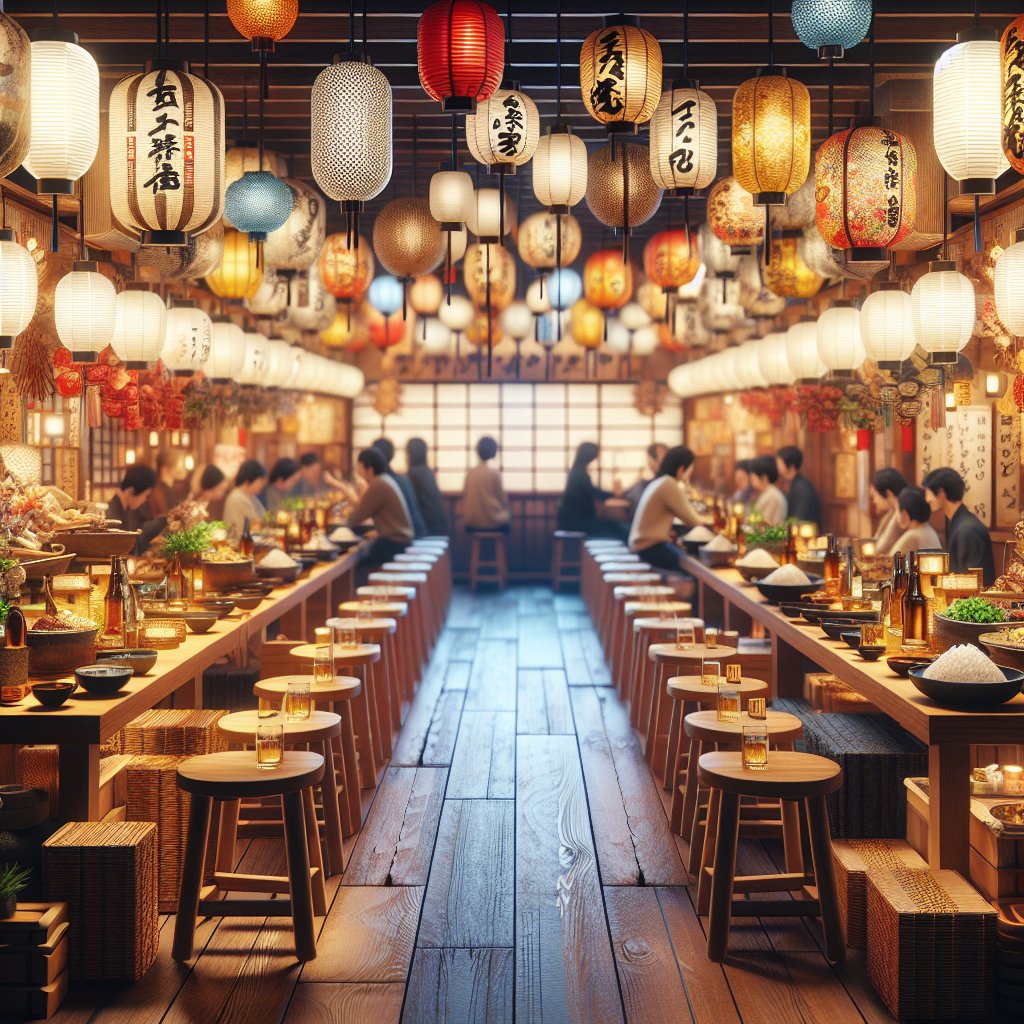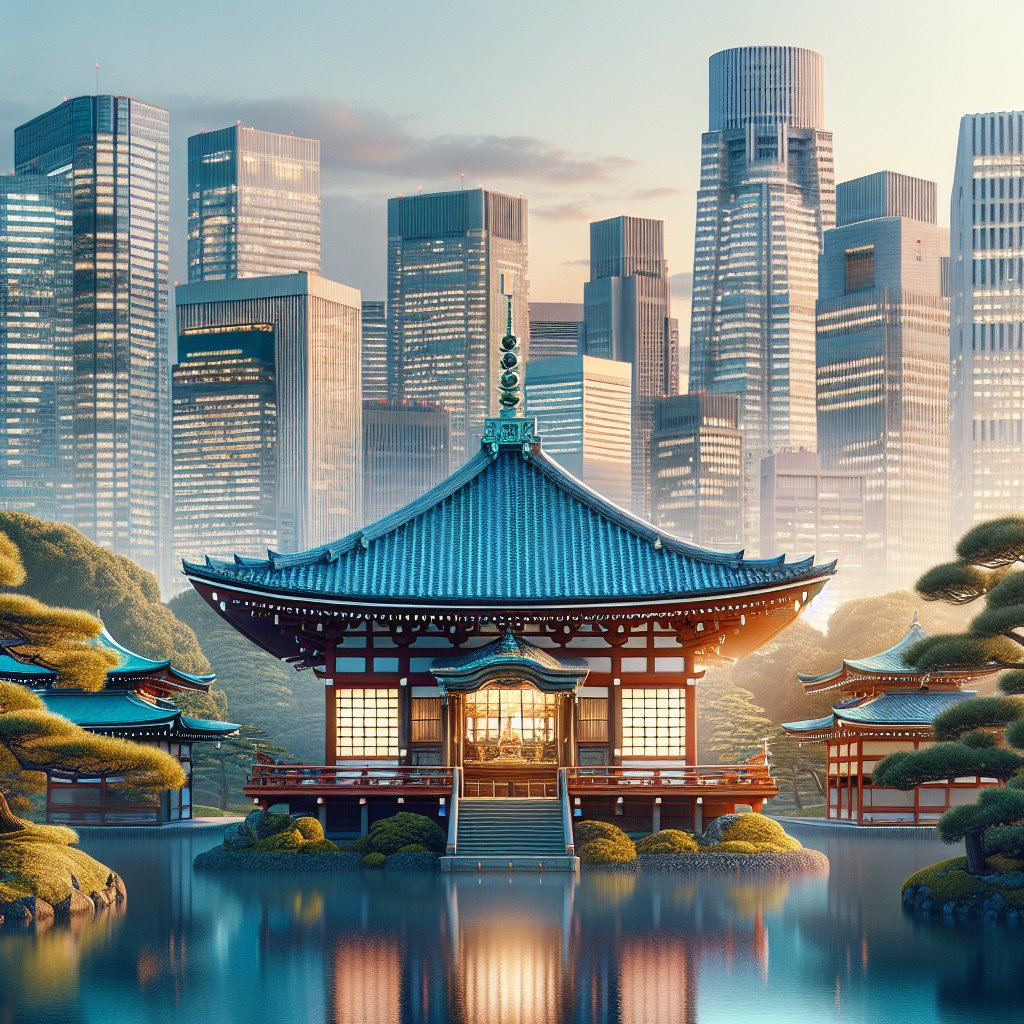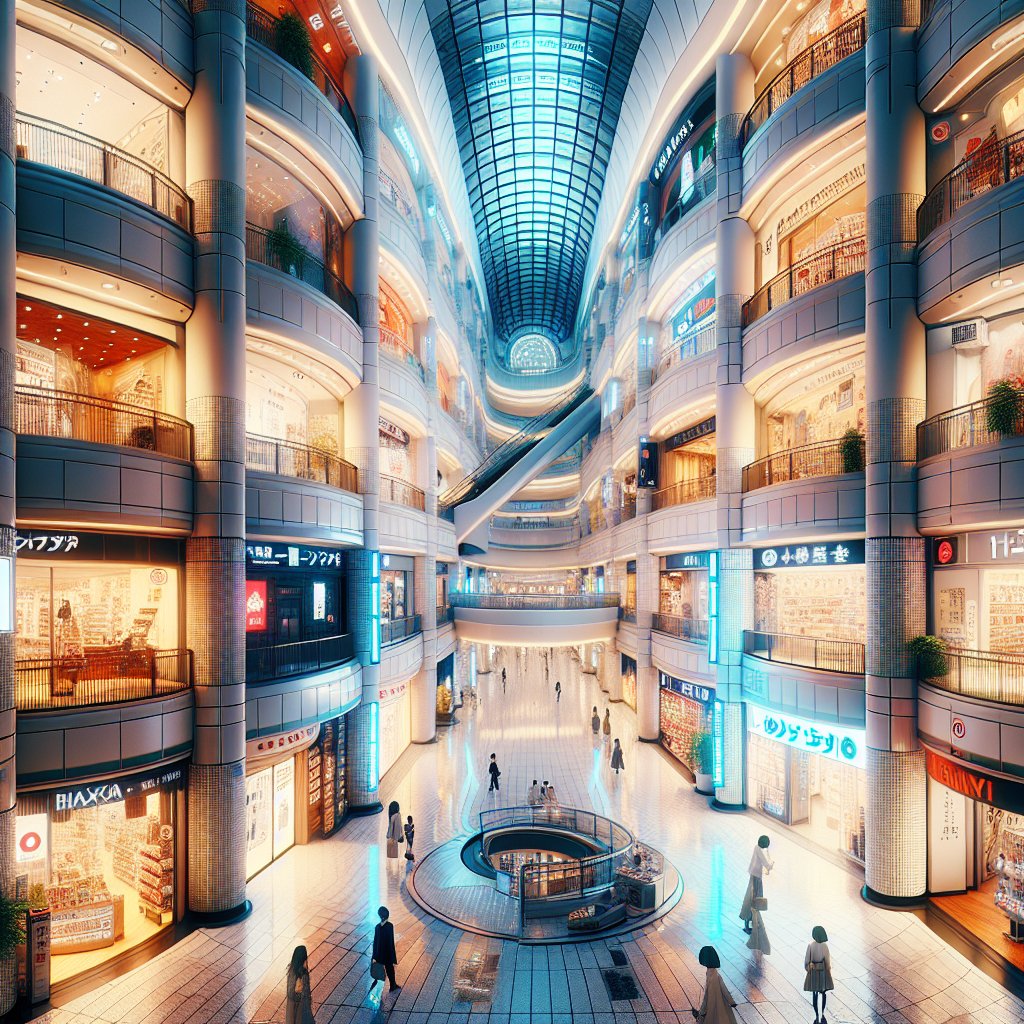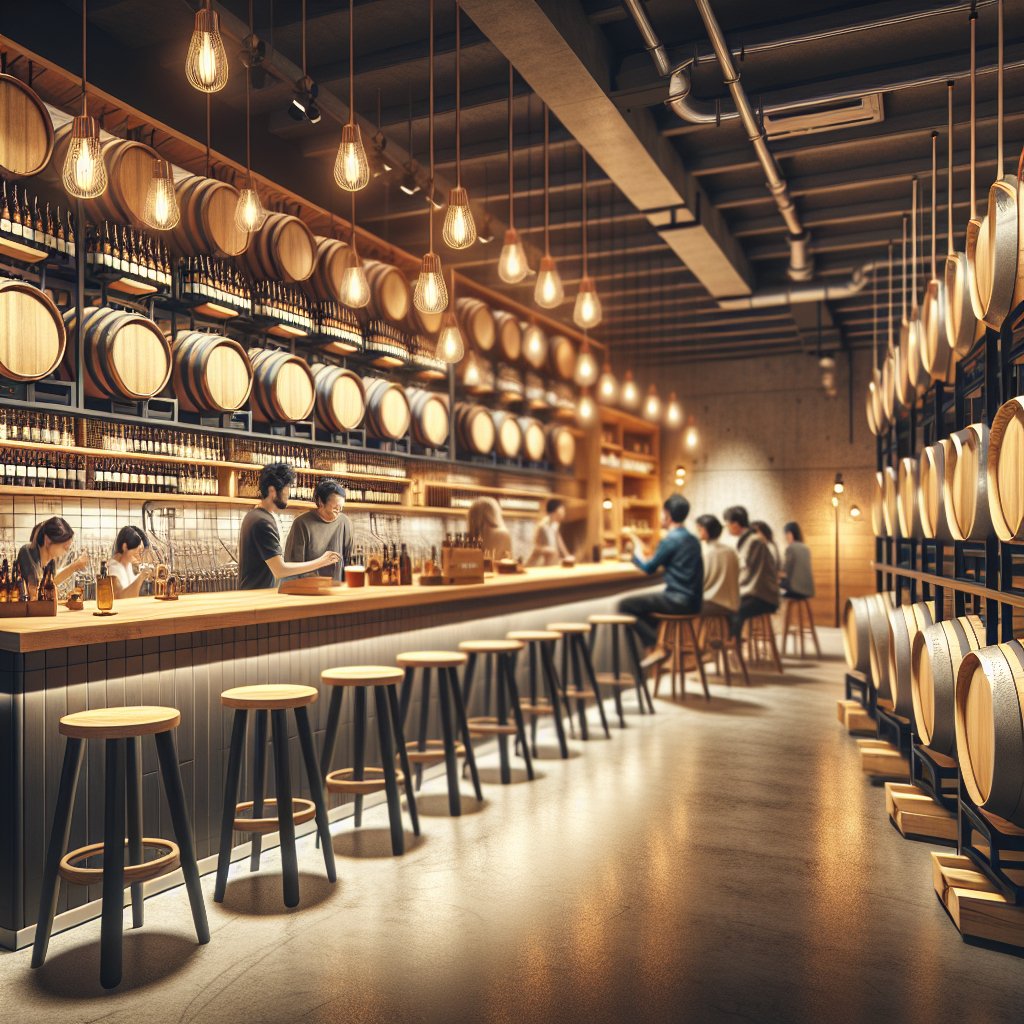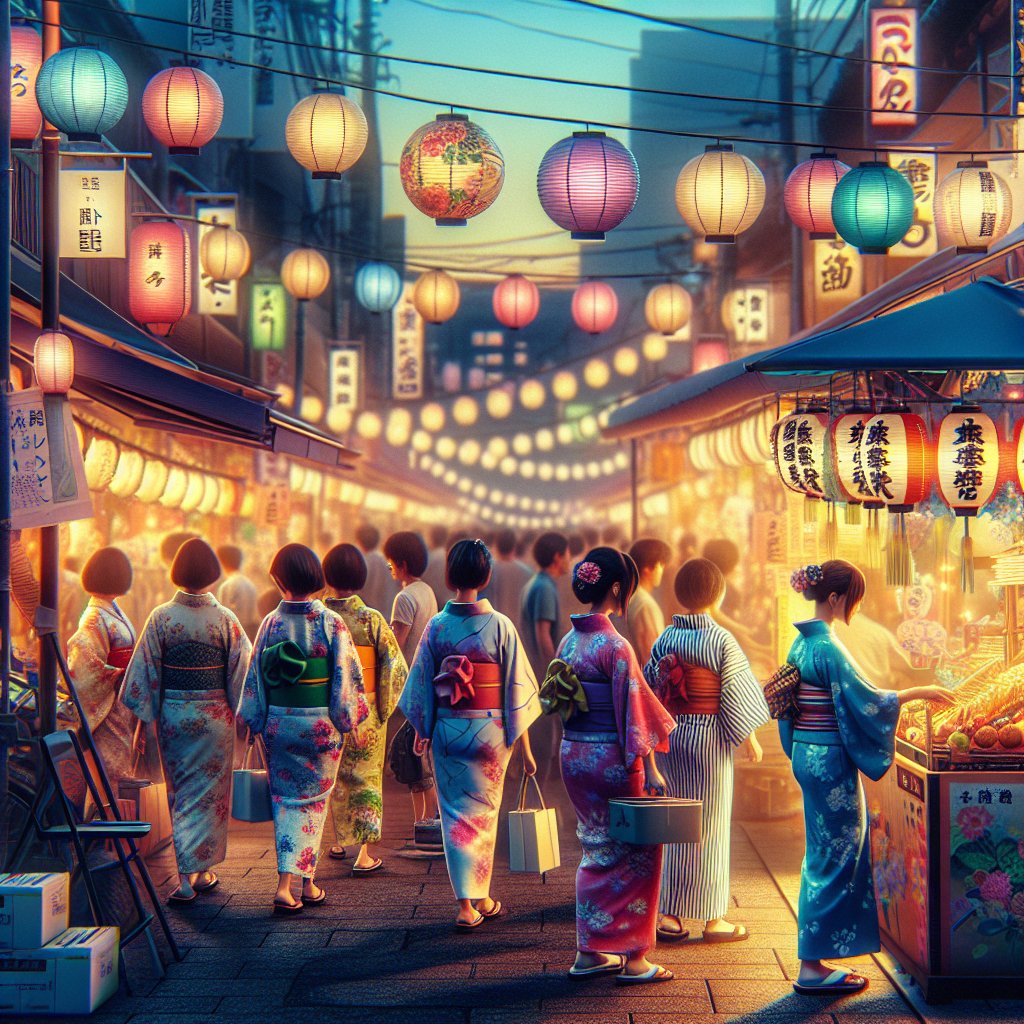Tokyo, the bustling capital of Japan, is a city that never sleeps, offering a vibrant and diverse performing arts scene that captivates both locals and tourists alike. From traditional Japanese theater to contemporary dance and music, Tokyo is a cultural hub where the past and present coexist harmoniously. This guide will take you through the various facets of Tokyo’s performing arts, providing insights into its rich history and modern-day allure.
Traditional Japanese Performing Arts
Tokyo is a treasure trove of traditional Japanese performing arts, with a history that dates back centuries. Among the most renowned forms are Kabuki, Noh, and Bunraku, each offering a unique glimpse into Japan’s cultural heritage.
Kabuki
Kabuki is perhaps the most famous of Japan’s traditional theater forms, known for its elaborate costumes, dynamic acting, and vibrant makeup. Originating in the early 17th century, Kabuki has evolved over the years but remains a staple of Japanese culture. In Tokyo, the Kabukiza Theatre in Ginza is the premier venue for experiencing this art form. The theater offers both full-length performances and shorter acts, catering to both enthusiasts and newcomers. The stories often revolve around historical events, moral conflicts, and love stories, all delivered with a flair that is uniquely Kabuki.
Noh and Kyogen
Noh is a more subtle and refined form of theater compared to Kabuki, characterized by its slow, deliberate movements and the use of masks. It is often accompanied by Kyogen, a comedic interlude that provides a contrast to the serious themes of Noh. The National Noh Theatre in Tokyo is a key venue where visitors can witness these ancient performances. Noh plays often explore themes of spirituality and the supernatural, drawing from classical literature and folklore.
Bunraku
Bunraku, or Japanese puppet theater, is another traditional art form that has captivated audiences for centuries. The puppets, operated by skilled puppeteers, bring to life stories of love, tragedy, and heroism. The National Theatre in Tokyo frequently hosts Bunraku performances, offering a chance to see this intricate art form in action. The puppeteers, dressed in black, are visible on stage, yet their skillful manipulation of the puppets creates an illusion of life that is both mesmerizing and moving.
Contemporary Performing Arts in Tokyo
While Tokyo is steeped in tradition, it is also a city that embraces the new and innovative. The contemporary performing arts scene in Tokyo is a testament to the city’s dynamic and ever-evolving cultural landscape.
Modern Dance and Theater
Tokyo is home to a thriving modern dance and theater scene, with numerous venues showcasing cutting-edge performances. The New National Theatre Tokyo is a leading institution for contemporary dance and theater, offering a platform for both Japanese and international artists. The theater’s diverse program includes everything from avant-garde dance pieces to experimental theater productions, reflecting the city’s openness to new artistic expressions.
Music and Live Performances
Music is an integral part of Tokyo’s performing arts scene, with a wide array of genres represented. From classical concerts at Suntory Hall to indie rock gigs in the vibrant neighborhoods of Shibuya and Shimokitazawa, Tokyo offers something for every music lover. The city is also known for its jazz scene, with numerous clubs offering live performances by both local and international artists. Blue Note Tokyo and Cotton Club are among the most famous venues, providing an intimate setting for enjoying world-class jazz.
Fusion and Experimental Arts
Tokyo’s performing arts scene is not limited to traditional and contemporary forms; it also embraces fusion and experimental arts. Venues like SuperDeluxe and Tokyo Arts and Space (TOKAS) are known for hosting interdisciplinary performances that blend music, dance, visual arts, and technology. These spaces serve as incubators for new ideas, fostering collaboration between artists from different fields and pushing the boundaries of what performing arts can be.
The Role of Festivals in Tokyo’s Performing Arts Scene
Festivals play a significant role in Tokyo’s performing arts scene, providing a platform for artists to showcase their work and for audiences to experience a wide range of performances. The city hosts numerous festivals throughout the year, each with its own unique focus and atmosphere.
Tokyo International Film Festival
While primarily a film festival, the Tokyo International Film Festival also features a variety of performing arts events, including live music performances and theater productions. The festival attracts artists and audiences from around the world, making it a key event in Tokyo’s cultural calendar.
Tokyo Dance Festival
The Tokyo Dance Festival is a celebration of dance in all its forms, from traditional Japanese dance to contemporary and experimental styles. The festival features performances by both established and emerging artists, as well as workshops and talks that provide insight into the creative process. It is a vibrant event that highlights the diversity and dynamism of Tokyo’s dance scene.
Asakusa Samba Carnival
One of the most colorful and lively festivals in Tokyo, the Asakusa Samba Carnival brings a taste of Brazil to the streets of Asakusa. The festival features samba parades, live music, and dance performances, creating a festive atmosphere that attracts thousands of visitors each year. It is a testament to Tokyo’s openness to global influences and its ability to incorporate them into its own cultural fabric.
Conclusion
Tokyo’s performing arts scene is a rich tapestry of tradition and innovation, offering a wide range of experiences for both locals and visitors. Whether you are drawn to the timeless beauty of Kabuki and Noh, the cutting-edge creativity of contemporary dance and theater, or the vibrant energy of music festivals, Tokyo has something to offer. The city’s commitment to preserving its cultural heritage while embracing new artistic expressions makes it a unique and exciting destination for anyone interested in the performing arts.
